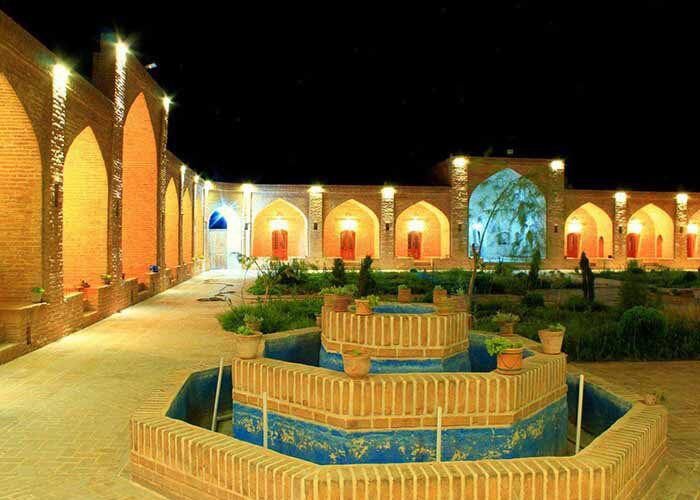Semnan hopes to win UNESCO recognition for its caravanserais

TEHRAN – The Iranian province of Semnan hopes to gain UNESCO status for a selection of its caravanserais, which are part of a national dossier to be evaluated in the near future by the UN body.
“Most of the caravanserais that may be registered on the UNESCO list (of cultural heritage) this year belong to this province,” the director of Semnan’s branch for Iranology Foundation said on Saturday.
So far, UNESCO experts have assessed six caravanserais in Semnan, Hassan Shadpour said.
The Semnan region has a special position in terms of political geography (geopolitics) and geography. For instance, it was once on the ancient Silk Road, the expert said.
Last year, the Islamic Republic put forward a selection of 56 caravansaries as a candidate for collective inclusion in UNESCO’S cultural heritage list. Such massive inns date from various eras, from the Sassanid (224 CE-651) to the Qajar epoch (1789–1925).
Caravanserai is a compound word combining “caravan” with “serai” (or “sara”); the former stands for a group of travelers and the latter means the building. They often had massive portals supported by elevated load-bearing walls. Guest rooms were constructed around the courtyard and stables behind them, with doors in the corners of the yard.
The earliest Iranian caravanserais date back to the Achaemenid era (550 - 330 BC). Centuries later, when Shah Abbas I assumed power from 1588– to 1629, the mighty Safavid monarch ordered the construction of a network of caravanserais across the country.
Such roadside inns were once constructed along ancient caravan routes in the Muslim world to shelter people, their goods and animals. The former Silk Road may be the most famous example dotted by caravanserais.
For many travelers to Iran, staying in or even visiting a centuries-old caravanserai can be a wide experience; they have an opportunity to feel the past, a time travel back to a forgotten age.
The majority of Iranian caravanserais have massive portals supported by elevated load-bearing walls. Arched guest rooms are constructed around the courtyard and stables behind them with doors in the corners of the yard.
AFM
